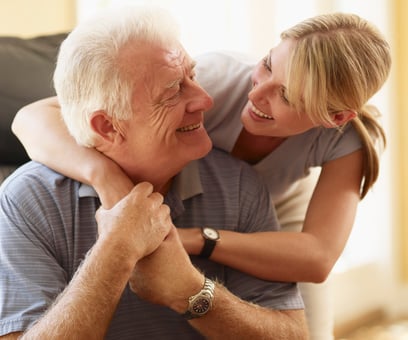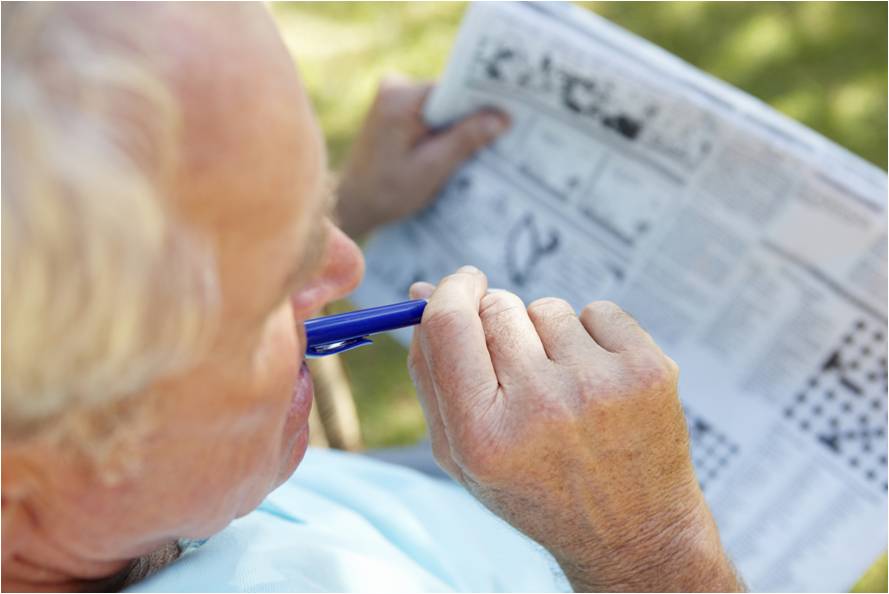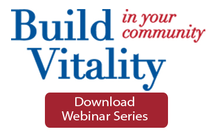 Several months ago, my parents were prospects in the market to relocate to a continuing care retirement community (CCRC) from their 4.5-acre home of almost 20 years. There were a variety of reasons for them making this move consideration, but age and ill health weren’t on that list.
Several months ago, my parents were prospects in the market to relocate to a continuing care retirement community (CCRC) from their 4.5-acre home of almost 20 years. There were a variety of reasons for them making this move consideration, but age and ill health weren’t on that list.
My parents (at the time of writing) are both 72 years old and in quite good health. My mom walks up to an hour with friends most days of the week; she’s done that for as long as I can remember. My dad is an avid exerciser and he’s the reason I’m a runner today. He gets significant cardiovascular exercise for more than an hour four to five days per week, along with rigorous strength training at least three days per week in his home gym. They are both very active in their community and in the extensive gardens and rich woods on their property.
They aren’t frail, and they don’t fit into the more typical average age of 80+ in most CCRCs.
Checking Out a Community with My Parents
So when they started shopping and had narrowed down their list to a primary community that held their interest, they asked my family to join them for a tour. We walked through the community center building and got a great look into the typical areas including the bistro, the formal dining room, the library, the craft areas, and the fitness areas.
After we left the community, and 100% without my prompting, my dad asked me why their fitness center had “all of that strength equipment for old people” in it. Those were his words, not mine. This comes from a man who has never belonged to a gym, who has exercised in his basement with modest equipment for decades, and who doesn’t bear an ounce of pretension. Yet he very quickly identified the “old people” equipment in his community’s fitness center.
Senior living community operators are in a tight spot when they try to cater to current residents but build space, programming, and services that they hope will appeal to future residents. The fitness center tour and post-tour discussion with my dad is no exception, and it’s exactly the reason that any operator engaging in a fitness center build—whether as part of brand new construction or as a positioning project—needs to thoughtfully and carefully establish their fitness center layout.
Design of the space and the equipment you select matters. Both elements can profoundly impact the residents’ experience in the space. And when your community is continually battling someday syndrome as a barrier to getting prospects to make the move, how you outfit the fitness center can also be a factor.
CCRC Fitness Center Equipment and Design Considerations
Here are a few things to think about with respect to senior living fitness center design and equipment that engages current residents and attracts future prospects:
- Create your group fitness studio and your fitness center as distinctly separate spaces. We see a lot of first-draft designs come with an accordion or partition wall between the two rooms. There is no actual utility for that design; and in fact, it may limit how both rooms can be used.
- Build size for the future. If your community is poised for a phase two or three that adds residential units and creates more potential fitness center members, build the initial fitness spaces for growth.
- Lay out the equipment with accessibility in mind. Put the equipment most likely to be used by your most frail residents nearest to your main entrance so that it is easy to access.
- Create clear sight lines for the fitness management staff. Design the spaces so that staff will have the greatest visibility possible for all areas. Part of the reason for having staff managing your fitness program is for participant safety. It’s tough to keep people safe when you can’t see them exercising.
- Choose equipment that is built with an older adult in mind, but that doesn’t scream “old.” While there is currently a gap in the marketplace for a complete line of strength and cardio equipment well suited for this audience, that doesn’t mean you can’t buy beautiful and functional equipment that will work well both now and in the future. Contact me to get an operator’s perspective on the equipment that’s available


 Most senior living communities have a variety of group fitness classes on their calendars focused on balance, muscular strength, flexibility, and cardiovascular health, and the clients we work with are no different. But we’ve landed on a program tied in with our group fitness classes for seniors that has become wildly popular with the residents. It turns out, it’s been a great way to draw more participants into the exercise program, too.
Most senior living communities have a variety of group fitness classes on their calendars focused on balance, muscular strength, flexibility, and cardiovascular health, and the clients we work with are no different. But we’ve landed on a program tied in with our group fitness classes for seniors that has become wildly popular with the residents. It turns out, it’s been a great way to draw more participants into the exercise program, too.